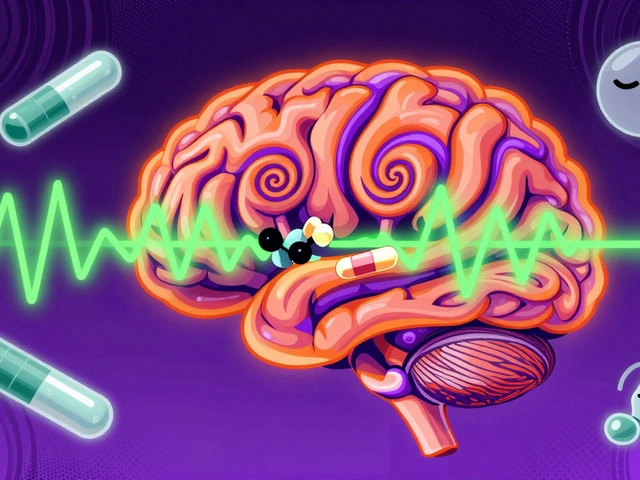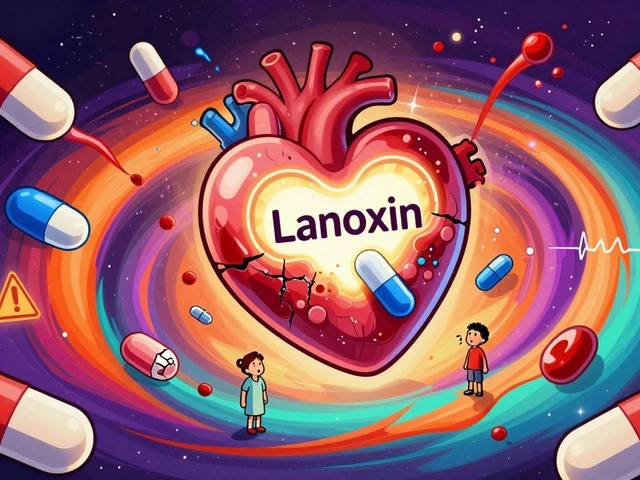Genotype 3 Hepatitis C – Key Facts and Treatment Insights
When talking about genotype 3 hepatitis C, a common subtype of the hepatitis C virus that tends to cause faster liver damage and responds differently to medication. Also known as HCV genotype 3, this strain demands a tailored approach because its biology shapes both disease progression and therapy success.
Why This Subtype Matters
The Hepatitis C virus exists in at least six major genotypes, each with its own geographic distribution and clinical quirks. Genotype 3 is prevalent in South Asia and parts of Europe, and studies show it is more likely to accelerate liver fibrosis than other genotypes. That means patients can move from mild inflammation to cirrhosis faster, increasing the risk of liver cancer if the infection isn’t cleared early. Understanding this link helps clinicians decide when to intervene, which tests to run, and how aggressively to monitor liver health.
Because the virus’s replication machinery differs slightly, the drugs that knock it down must fit the puzzle just right. Direct-acting antivirals (DAAs) have become the cornerstone of modern therapy, targeting specific viral proteins and offering cure rates above 95% for most genotypes. However, genotype 3 historically shows lower response rates to some DAAs, especially when liver fibrosis is advanced. This reality has driven the creation of genotype‑specific regimens and the inclusion of ribavirin or extended treatment durations in certain cases.
Current treatment guidelines from major hepatology societies recommend a combination of sofosbuvir and velpatasvir for most treatment‑naïve patients with genotype 3, often without ribavirin. For people with cirrhosis, the guidance suggests adding ribavirin or extending therapy to 12 weeks to boost the odds of a sustained virologic response. Doctors also weigh factors like prior treatment history, kidney function, and potential drug‑drug interactions before finalizing a plan. The goal is clear: achieve a cure while minimizing side effects and avoiding resistance.
Monitoring after therapy is just as crucial. A blood test called HCV RNA is done 12 weeks post‑treatment to confirm the virus is gone. If the result is undetectable, the patient is considered cured, but liver health still needs regular check‑ups, especially for those who already had significant fibrosis. Ongoing research is exploring newer DAAs that may work even better for genotype 3, and real‑world data continues to refine the optimal length and composition of treatment courses. Below, you’ll find a curated list of articles that dive deeper into each of these areas – from the science behind the virus to practical tips for choosing the right therapy. Whether you’re a patient, a caregiver, or a healthcare professional, the collection offers actionable insights to help you navigate genotype 3 hepatitis C with confidence.
Massage Therapy for Genotype3 Chronic Hepatitis C: Benefits, Evidence & Practical Guide
Explore how massage therapy can help manage symptoms of genotype3 chronic hepatitis C, its evidence base, integration with antivirals, and practical tips for patients.





